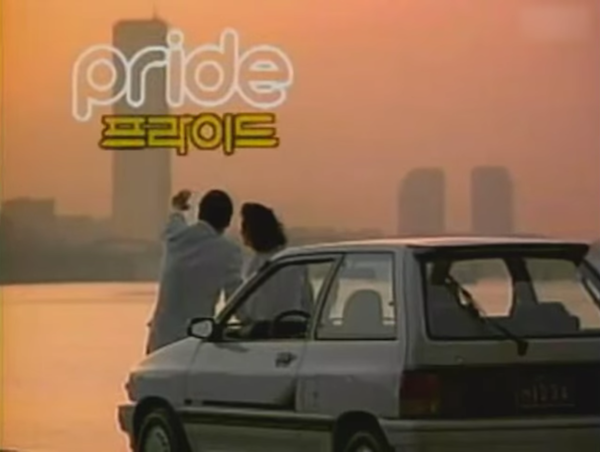
Not long after I moved to Korea, an American expat of decades’ standing described the country to me as approaching the end of its “long 1950s.” He meant, I think, that all the qualities we rightly or wrongly associate with America in the 1950s — family solidity, lifetime employment at large companies, robust economic growth, national self-esteem, public morality, broad societal consensus on a host of issues — only recently began to break down here. Whether to revere that era or to revile it, American culture still revisits the 1950s fairly often, and it tends to play off an image many of us came to know through television, the medium that defined it.
Television in America, which began with experimental broadcasts in the late 1920s and early 30s, took the basic form we know today in the 40s, but only after World War II did televisions themselves enter widespread use. South Korean television, in line with the country’s late but rapid development by comparison to the West, began broadcasting 1956, just three years after the end of the Korean War, and blew up in the following decade. And so we in the 21st century can now take a glimpse into that and the subsequent periods in Korean history with that most convenient form of time travel, watching the massive quantities of old television commercials available on the internet.
When I now attempt to explain something of the nature of Korea, I often describe it as an almost brand-new society trying simultaneously become as modern as possible and to connect itself directly to the distant past. This plays out in the oldest Korean commercial I’ve seen, an advertisement for a soap and toothpaste brand called Lucky that, in the course of well over two minutes, combines a crudely animated scene set in the Joseon Dynasty (the pre-colonial period from the late 14th to the late 19th century constantly revisited by television dramas in the subsequent six decades) with no small amount of footage of the industrial marvel that is the Lucky Factory itself.
Read the whole thing at the Los Angeles Review of Books.